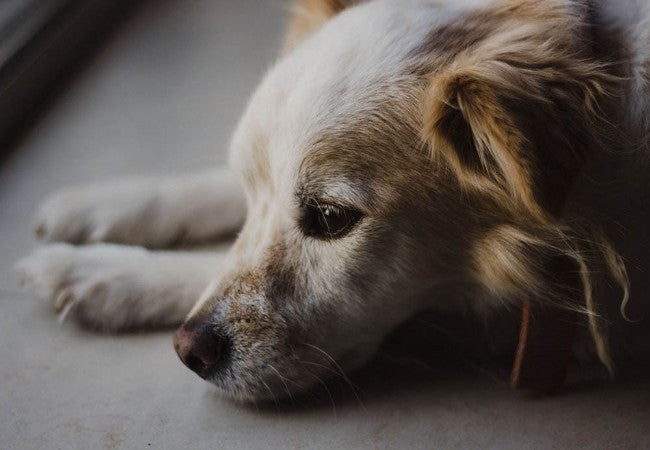Introverted Dogs 2025: Vet Backed Insights on Understanding & Supporting Quiet Canines 🐶

In this article
Introverted Dogs 2025: Vet Backed Insights on Understanding & Supporting Quiet Canines 🐶
By Dr. Duncan Houston BVSc
🔍 What Does "Introverted" Mean for Dogs?
Just like people, dogs fall on a spectrum of sociability—some are energized by lots of activity, others recharge with calm and solitude. Introverted dogs prefer quieter environments, smaller interactions, or just observing quietly.
🐾 Typical Traits of Introverted Dogs
- Prefers minimal social contact—may observe rather than join play
- Becomes overwhelmed with large crowds, dog parks, or busy settings
- Needs routine and familiar environments for comfort
- May seem shy, reserved, or “wallflower” in group situations
- Recharges during alone time with trusted humans or in safe spaces
🎥 Viral “Introverted Dog Meetup” Explained
A video of a group of introverted dogs quietly gathering—and not engaging much—went viral for its “couch‑potato vibes.” These dogs simply preferred calm over active interaction. While charming, this behavior highlights their need for tailored social settings.
⚠️ Introversion vs. Fear or Anxiety
It's important to differentiate introversion from fear, anxiety, or stress:
- Introverted: Calm, quietly withdrawn, but alert and comfortable
- Anxious/Fearful: Signs include trembling, cowering, avoidance behavior, persistent stress
Consult a vet or behaviorist before assuming your dog’s quiet behavior is just introversion.
📋 How to Recognize Your Dog’s Temperament
- Observe reactions to new places or crowds: calm vs. tense?
- Note when they seem “done”—looking away, lying down, or hiding
- Track social interactions: do they engage selectively? Prefer one-on-one vs group?
- Look at body language—relaxed posture, loose tail, soft eyes
🛠️ Vet‑Backed Tips to Support Introverted Dogs
- Honor their pace: skip crowded dog parks—opt for quiet early walks or calm dog friends
- Create calm environments: safe spaces like crates or cozy corners help them self-soothe
- Introduce one-on-one playdates: select calm, familiar dogs and low-key outings
- Use mental enrichment: puzzles, nose work, sniff mats exercise without social stress
- Teach coping cues: “look,” “go find,” or a self-settle mat cue offers them control
- Reward comfort: treat calm posture or voluntary approach during gentle outings
- Gradual confidence‑building: slowly increase exposure with positive association
🧹 Creating a Safe & Calm Home Routine
- Keep retreat zones—crates, dens, or hidey-places
- Stick to routines for feeding, walks, naps
- Use noise masking—calming playlists or white noise
- Avoid surprise parties—announce visitors softly
- Survey your home for stress triggers—strangers, loud appliances
🧸 How Ask A Vet,
- 🩺 **Ask A Vet:** Behavior consultations, tailored exposure plans, support throughout confidence training
🎯 Final Thoughts: Celebrate Your Quiet Companion
Introverted dogs offer deep emotional bonds, relaxed companionship, and mindful presence. By recognizing and respecting their limits—avoiding overstimulation, enriching through thoughtful activities, and providing safe spaces—you can support their well‑being and confidence. With vet expertise, right gear, and calm routines, introverted dogs can thrive on their own terms 🧡🐾.
— Dr Duncan Houston, BVSc
Need a personalized introvert-friendly care plan? Visit AskAVet.com or download the Ask A Vet app for expert support anytime.






